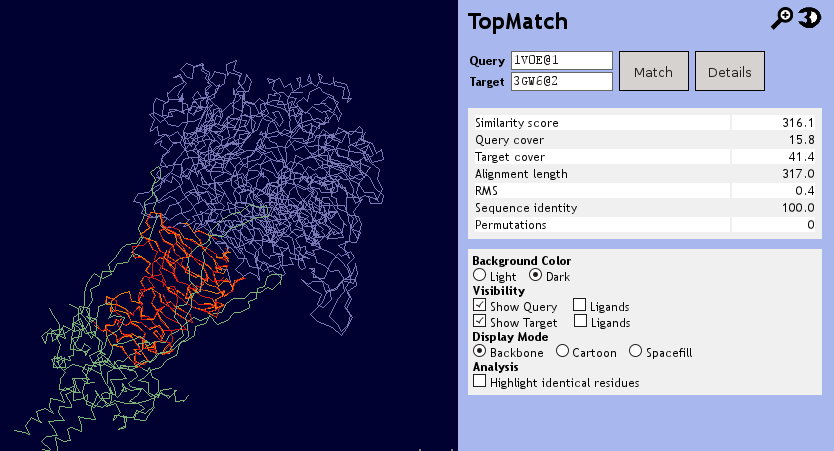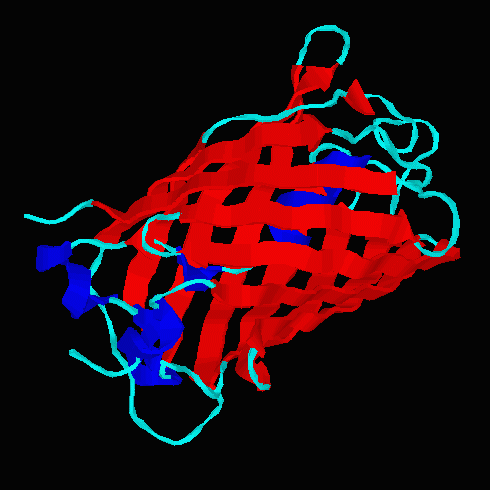

Google Patents WO2005074436A2 - Self-assembling split-fluorescent protein systems Additionally, genomic data will allow for the development of molecular indicators of key life history events and processes and afford new understandings and predictions of impacts of climate change on this key species of Antarctic pelagic ecosystems.WO2005074436A2 - Self-assembling split-fluorescent protein systems thompsoni as a model species for further examination of the exceptional rates and patterns of genomic evolution shown by urochordates. Collectively, these resources provide a genomic foundation supporting S. Finally, we performed an initial survey of small RNAs, revealing the presence of known, conserved miRNAs, as well as novel miRNA genes unique piRNAs and mature miRNA signatures for varying developmental stages. Tests for positive selection implemented in PAML revealed a small number of genes with sites undergoing rapid evolution, including genes involved in ribosome biogenesis and metabolic and immune process that may be reflective of both adaptation to polar, planktonic environments as well as the complex life history of the salps. High mutation rates are thus independent of genome size, suggesting that rates of evolution >1.5 times that observed for vertebrates are a broad taxonomic characteristic of urochordates. thompsoni shares the previously-estimated rapid rates of evolution for these species. Comparing the salp genome to available assemblies for four other urochordates, Botryllus schlosseri, Ciona intestinalis, Ciona savignyi and Oikopleura dioica, we found that S. We have generated 109,958 SNP variant and 9,782 indel predictions for this species, serving as a resource for future phylogenomic and population genetic studies. Using a non-redundant set of predicted proteins, more than 50% (16,823) of sequences showed significant homology to known proteins and ~38% (12,151) of the total protein predictions were associated with Gene Ontology functional information. Using a multiple-platform, multiple-individual approach, we have produced a 318,767,936 bp genome sequence, covering more than 50% of the estimated 602 MB (☑73 MB) genome size for S.

thompsoni or any closely-related urochordate species. Despite the ecological importance of this species in Antarctic pelagic food webs and its potential role as an indicator of changing Southern Ocean ecosystems in response to climate change, no genomic resources are available for S. Ī preliminary genome sequence has been assembled for the Southern Ocean salp, Salpa thompsoni (Urochordata, Thaliacea).
#Jmol gfp protein databank full#
In addition, ANISEED provides full functional gene annotation, anatomical ontologies and some gene expression data for the six species with highest quality genomes. In ANISEED 2015, all nine new ascidian species can be explored via dedicated genome browsers, and searched by Blast. The genomes of nine ascidian species have been sequenced since the release of the C. This new architecture was used to improve and enrich the description of Ciona intestinalis embryonic development, based on an improved genome assembly and gene model set, refined functional gene annotation, and anatomical ontologies, and a new collection of full ORF cDNAs. Over the past five years, we refactored the system from an initial custom schema to an extended version of the Chado schema and redesigned all user and back end interfaces. This article reports the development of the system since its initial publication in 2010. ANISEED is the main information system in the field of ascidian developmental biology.

Ascidians belong to the tunicates, the sister group of vertebrates and are recognized model organisms in the field of embryonic development, regeneration and stem cells.


 0 kommentar(er)
0 kommentar(er)
